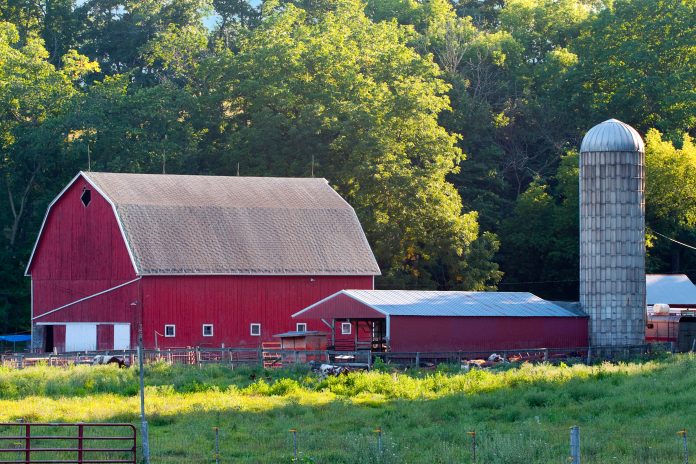The 2020 weather has been a relief for many following a rainy 2019, with widespread prevented planting in the Midwest.
In a Sept. 22 presentation for Farm Science Review, Ohio State University atmospheric scientist Aaron Wilson said the growing season, defined as April 15 to Sept. 15, was pretty close to average in temperatures and precipitation overall.
But, Wilson added, the devil is in the details. When we look more closely at different months and areas of the state, instead of focusing on the broader snapshot, things aren’t quite as normal as they seem, and the effects of climate change are more apparent.
Spring
Spring was still wetter than average, Wilson said, though nothing like 2019. Rain varied across the state, with some areas above average and some below average for the season.
While temperatures averaged out to fairly normal for spring overall, they varied greatly from month to month, he said. March was the 11th warmest March on record. April and May, however, were the 34th and 42nd coldest.
Late freezes in parts of the state hit specialty crops, like grapes and other fruits, hard.
“We got off to a somewhat cold and chilly start for planting season this year,” Wilson said.
Summer
But this summer was the 11th warmest on record, he said.
In some areas of the state, there was just enough rainfall to stem worsening drought. In those areas, crops may be struggling, while in areas that got more rain, crops are probably doing fairly well, Wilson said.
“Certainly we’ve had drier summers, but the drier summer this year did not do us any favors,” Wilson said.
Parts of northwest Ohio barely got 7 inches of rain for the entire growing season. Intense storms over Labor Day weekend helped alleviate some of the drought conditions.
But water balance is not just about rainfall, Wilson said. It’s also about how much water is evaporating. Several weeks in July, which was the sixth warmest July on record, had evaporation rates above 1.5 inches.
Extreme weather
But the most striking thing about this year, Wilson said, was the hurricane season. For the first time since 2005, we ran out of traditional names and went to the Greek alphabet.
While hurricanes and tropical storms have a bigger impact on the coasts, several of them still had impacts in Ohio and the Midwest as a whole. Several derechos hit parts of Ohio, Wilson said, though none as intense as the one that hit Iowa and other Midwest states this year.
Future
Recently, it has been fairly cool, with some areas seeing frost much earlier than recent years, Wilson said. He attributed that to dry soils, which allow heat to escape at night.
In October, harvest should be fairly smooth, since rainfall is likely to be below average, though impacts from tropical storms could change that.
Looking into the winter, Ohio is expected to be warmer and wetter this year, similar to last year, Wilson said.
Climate
There are some trends from 2019 and 2020 that Wilson and other climate and atmospheric scientists expect to see continue. They include warmer weather, especially during winter and at night, more rainfall with rapid transitions from wet to dry weather, in the Midwest, and more extreme weather events.
With warmer, wetter weather, Ohio is likely to have less 100-degree days than it used to, but more 90-degree days, Wilson said. It could also increase weed, insect and disease pressures, since pests can overwinter more easily if it stays warmer.
“Climate change is a threat multiplier,” he said.
He suggested that heavy rainfall in the spring could offer opportunities to harvest water in the spring and use it in the summer, when the weather tends to be dryer. There are also conservation practices farmers can use to adapt.
Soil
Jeff Hattey, professor of soil science at Ohio State, said in a Sept. 22 Farm Science Review presentation on improving soil health to adapt to climate change that more heavy rainfall events can increase soil erosion.
In the past, when Ohio’s rainfall events tended to be lower intensity, farmers could use different management practices than areas of the country that got more intense rainfall. Now, Hattey said, farmers need to adjust to handle more intense events, which can transport organic matter off of fields.
“We can’t afford to wait to see these kinds of effects of erosion,” he said.
There are ways that farmers can improve soil health and adapt for climate change, Hattey said, but they take time.
One of the greatest tools for reducing erosion, Hattey said, is keeping the soil covered so that growing plants or plant residue after the growing season can intercept rain drops before they hit the soil directly. Overall, adapting soil health for climate change requires acknowledging changes that are happening, and evaluating and adapting management practices.
“It’s not an overnight solution,” Hattey said. “But … it was not overnight that we arrived here.”










